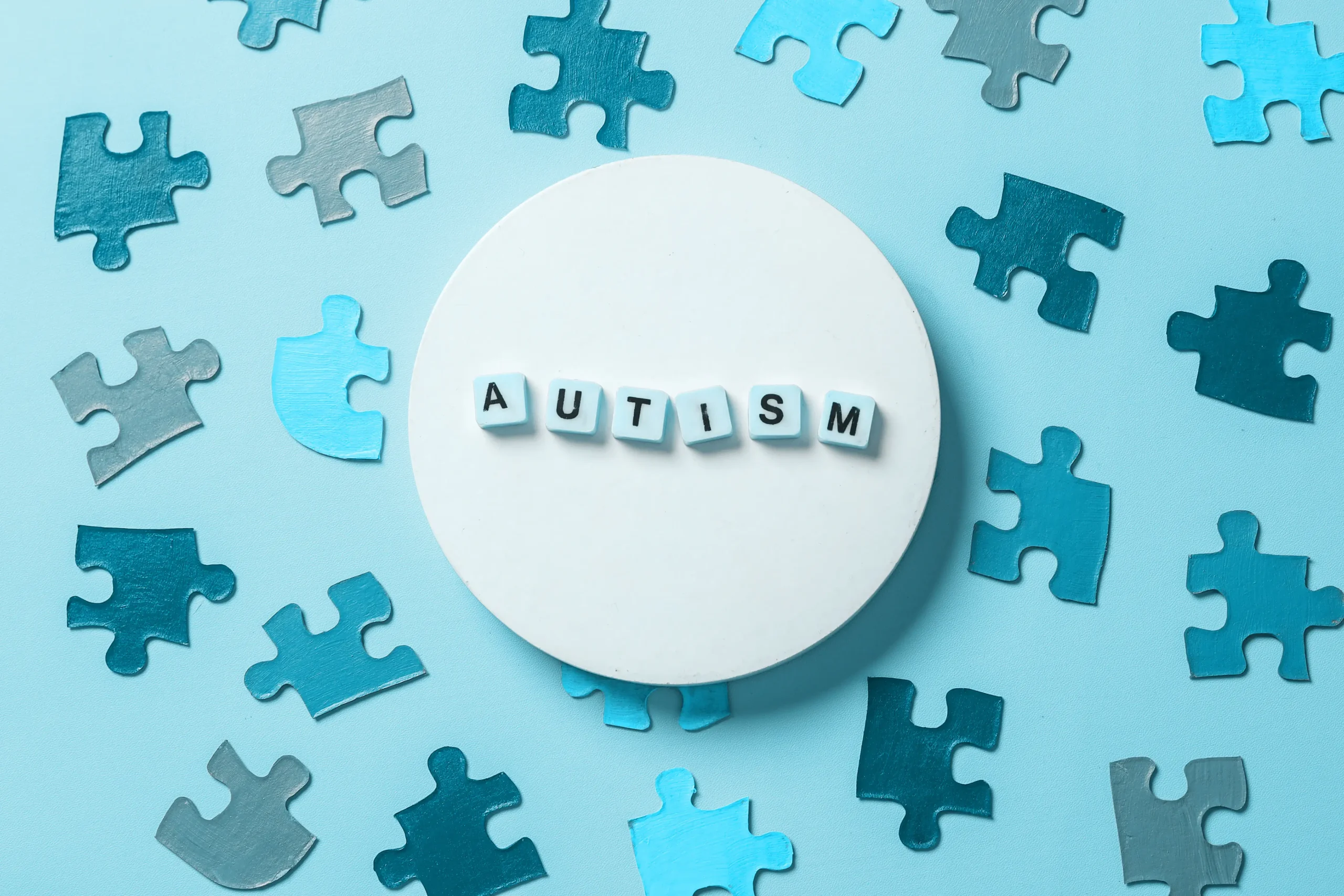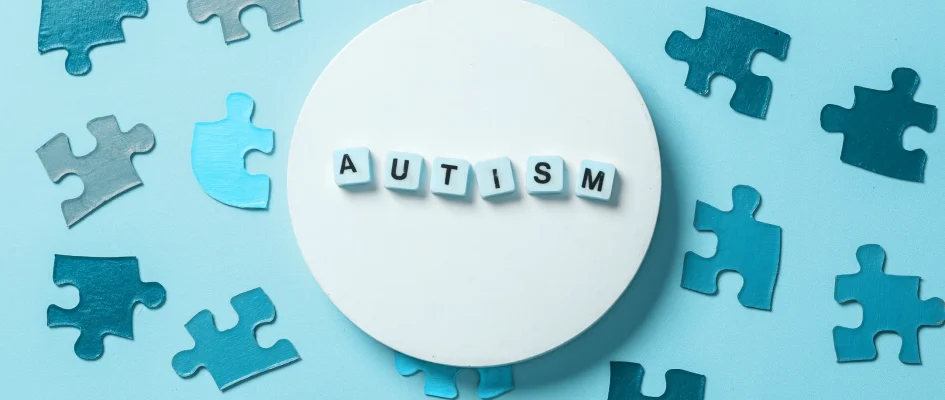Autism Myths & Facts
Autism is a neurodevelopmental disorder, predominantly affecting an individual’s ability to communicate and socialise effectively. The condition, which is still shrouded in an opaque veil of misunderstanding, has been the subject of various myths and misconceptions that often contribute to stigmatisation and prejudice. Since its first recognition over 100 years ago, the autism diagnosis is in constant flux as more and more studies are being conducted and more characteristics come to light. Because of this, the condition has evolved from a two-dimensional behavioural disorder to one of the most complex neuropsychological phenomenons in society today. This prompted its recent reclassification as a “spectrum” disorder and its subsequent new clinical name: autism spectrum disorder (ASD).
Adding to its infinite mystery is the fact that most of the condition’s initial studies and investigations in the 1900s were conducted on males in westernised societies, leading to the initial misconception that autism typically only affected boys and men. Even today, boys are four times more likely to be clinically diagnosed with ASD than girls; gender bias still plays a significant role in girls and women remaining undiagnosed or misdiagnosed and not receiving the treatment and support they require as individuals on the spectrum. Sadly, this is but one of the many myths surrounding autism spectrum disorder. Education and understanding are key to mitigating the stigma surrounding ASD and creating a more supportive and inclusive society for people on the spectrum.
Table of Contents
- Myth: All individuals with autism spectrum disorder have the same characteristics
- Myth: Autism affects only boys and men
- Myth: Autistic tantrums are caused by a lack of discipline or self-restraint
- Myth: ASD can be “prevented” or “cured”
- Myth: People with autism lack empathy
- Myth: People with ASD are geniuses
- Myth: People with ASD are intellectually disabled
- Myth: Vaccines can cause or trigger ASD
- Myth: Individuals with ASD cannot live an independent or fulfilling life
Myth: All individuals with autism spectrum disorder have the same characteristics
One predominant misconception about ASD is that everyone on the spectrum exhibits the same traits and behaviours, just in varying degrees. In reality, as a spectrum disorder, it encompasses a wide range of abilities and challenges, which range from communication challenges to sensory sensitivities to social or anti-social behaviours. This myth perpetuates the idea that some people are “more autistic” than others, which often leads to individuals seen as less affected not receiving the diagnosis and support they need. This is especially true for females, both younger and older. While someone may have very few sensory sensitivities (e.g. an adverse reaction to bright lights or loud noises), their inability to understand social cues may be more pronounced, and so on and so forth.
Myth: Autism affects only boys and men
Historically, autism has often been associated primarily with boys, leading to underdiagnosis or misdiagnosis in girls and women. As with many psychological conditions, initial studies were carried out on males or those displaying observable characteristics. ASD characteristics tend to be more pronounced in boys and men; this gave rise to the misconception that the condition only affects males. Current research, however, acknowledges that autism affects people of all genders, but that the presentation of symptoms may differ between boys and girls. It is also believed that girls and women are better at assimilating to social environments by “masking” their autistic characteristics and mirroring behaviours of others around them. This, however, can be very physically and psychologically taxing on them, often leading to what is called autistic “burnout”.
Myth: Autistic tantrums are caused by a lack of discipline or self-restraint
One harmful belief suggests that ASD is a result of inadequate discipline. This is more relevant in the case of children with the condition. Some children on the spectrum are prone to outbursts that are often misidentified as temper tantrums when in actual fact they have very different underlying causes. An inability to express themselves or communicate their needs often leads to autistic meltdowns. Sensory overstimulation can also lead to such outbursts, such as noisy environments, flashing lights or certain smells.
Autistic meltdowns aren’t only reserved for children; they also affect adults on the spectrum with similar causes. Adults are often accused of having no self-restraint or of being too reactive or too emotional when experiencing such events. Feeling overwhelmed or stressed are very common causes of meltdowns in adults.
It is crucial to understand that autistic meltdowns are involuntary reactions and are indicative of a world that does not support the needs of individuals on the spectrum. Removing the individual from the stimulant or making stress-relieving provisions will help to minimise the reaction or prevent it entirely.
Myth: ASD can be “prevented” or “cured”
Autism is not a disease. It is not an illness. There is no prevention or cure. It is a lifelong neurodevelopmental condition that can be managed with various interventions and above all, kindness. Interventions and therapies can help individuals with ASD develop essential skills and navigate social situations more comfortably. In certain cases, medication may help with other conditions associated with ASD, such as anxiety, ADHD (attention deficit hyperactivity disorder), or depression, but there is no medication that can treat the disorder itself. As such, the focus should be on providing support and understanding, and making accommodations where possible.
Myth: People with autism lack empathy
Contrary to the stereotype that individuals with autism lack empathy, many people on the spectrum do experience empathy, but they express it in their own unique ways. While they may struggle with understanding and responding to social cues, their capacity for empathy is genuine. Women on the spectrum are often regarded as having more capacity for empathy than men, but that does not mean that men with ASD are incapable of having empathy for others. This ideation is largely due to some individuals with ASD not being able to recognise or understand the feelings of others or feelings that may not correlate with their own. Additionally, communication challenges make it difficult for them to express either their own emotions or the emotions of those around them that they share.
Myth: People with ASD are geniuses
Popular culture has steered society’s perception of people on the spectrum towards having above average or superior intelligence. Characters in television series and films who are identified as geniuses often have highly satirised “autistic” characteristics, such as social awkwardness, a lack of self-awareness and an intense interest in highly intellectual and scientific subjects. Although some individuals with ASD may in fact exhibit these traits, due to its all-encompassing nature, ASD includes individuals of all intelligence levels. Asperger’s syndrome (AS), which used to be a separate clinical diagnosis from ASD, was for a significant amount of time identified as an autism-like condition in individuals with average to high IQs. While AS tends to have little effect on an individual’s language and cognitive abilities, it has been noted that it appears to create social and communication challenges, much like with autism. It is important to note that in 2013, Asperger’s syndrome was removed from the DSM-5 (Diagnostic and Statistical Manual of Mental Disorders) as a diagnosis of its own and it now falls under the ASD umbrella. This means that an individual cannot be treated for Asperger’s syndrome in a clinical setting. This decision has since been met with much criticism.
Myth: People with ASD are intellectually disabled
Conversely, some people believe that individuals with ASD are intellectually disabled and have very low IQs. As mentioned above, ASD includes all intelligence levels at varying degrees. While some may have co-occurring intellectual disabilities, many others have average or above-average intelligence. The spectrum encompasses a wide range of cognitive abilities, and it’s essential to recognise and appreciate the diverse talents and strengths of individuals with ASD.
Myth: Vaccines can cause or trigger ASD
One of the most frustrating and exceptionally dangerous misconceptions about ASD is that it is caused by vaccines given to children. In particular, the vital MMR vaccine. A wealth of scientific research has proven that vaccines cannot cause autism. As already explored, ASD is a condition that an individual is born with. In the same way that it cannot be prevented or cured, it cannot be “caused”. Denying a child of vital immunisation is to put them at risk of contracting or developing a life-threatening disease. For more information on why immunisation is important and what vaccines a child needs and when, speak to your primary healthcare provider.
Myth: Individuals with ASD cannot live an independent or fulfilling life
Contrary to the belief that autism is an insurmountable obstacle to success, many individuals with ASD have achieved remarkable accomplishments in various fields. The magnitude of the spectrum and its inclusive nature means all individuals have their unique strengths and abilities. While some may need long-term assistance, others can live very independent lives, hold jobs and have partners and families. With the right support, accommodations and understanding, individuals with ASD can excel academically, pursue fulfilling careers and contribute meaningfully to society.
Dispelling myths about autism spectrum disorder is essential for fostering a more inclusive and supportive society. Recognising the diversity within the autism spectrum, understanding the neurodevelopmental nature of the condition and promoting acceptance can contribute to creating environments that empower individuals with autism to thrive. By challenging misconceptions, we pave the way for a more informed and compassionate approach to supporting those with autism in their journey towards fulfilling lives.
For more information, please contact:
Dr Y Reddy
Discipline: Paediatric Neurologist
Hospital: Ethekwini Hospital and Heart Centre
Telephone: +27 31 581 2328
And
Ms L Pitt
Discipline: Occupational Physiotherapist Therapist
Hospital: Daxina Private Hospital
Telephone: +27 82 451 7297
Registered Occupational Therapist
Pr 0432660
HPCSA OT0076791














